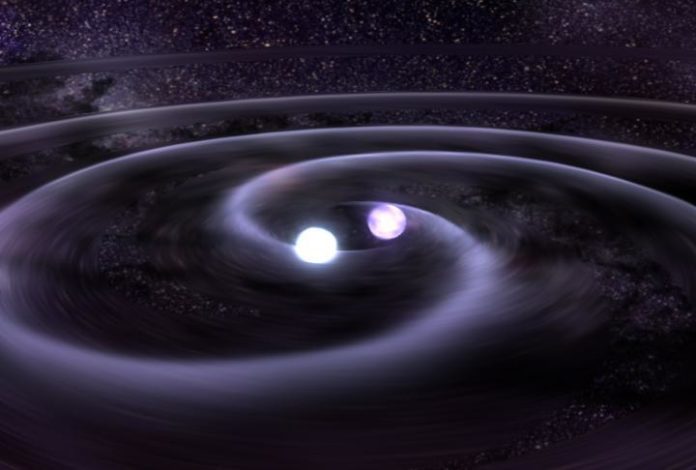A team of international scientists at U.S. Naval Research Laboratory (NRL), for the 1st time, have detected the radio emission from colliding neutron stars nearly 124 million light years from Earth.
In August 2017, the Laser Interferometer Gravitational-Wave Observatory (LIGO) and sister instrument, the interferometric gravitational-wave antenna (Virgo), detected a gravitational waves signature from the colliding stars. Scientists designated it as GW170817. The stars are situated in NGC 4993, a circular cosmic system in the group of stars Hydra found in 1789 by Wilhelm Herschel.
Dr. Simona Giacintucci, radio astronomer said, “The radio counterpart to the LIGO detection was highly anticipated because it is by far the longest lasting electromagnetic [EM] signature from the event, allowing us to track its evolution for weeks, months, and even years into the future.”

The development of the radio discharge over the measurements of time, recurrence and space is basic to compel and recognize contending hypothetical models of the occasion. These incorporate the nearness of on-and off-pivot planes and a cover, and additionally standard dynamical ejecta models. Notwithstanding its lifespan, radio is vital on the grounds that it obliges both the vitality and physical surroundings of the occasion.
As an international leader in sub-GHz radio interferometry, NRL’s most powerful radio astronomy asset is a new VHF/UHF receiver system developed by the National Radio Observatory (NRAO) Very Large Array (VLA). Recognizing the power of the new receiver, NRL and NRAO researchers developed the VLA Low Band Ionosphere and Transient Experiment (VLITE) to continuously tap into the new broadband low-frequency receivers.
Dr. Namir Kassim, VLITE principal investigator said, “VLITE provides a statistically powerful constraint on the VHF/UHF emission from the source of the gravitational waves, anchoring the spectrum at lower frequencies. VLITE measurements are enhanced by its recent expansion completed last month.”
